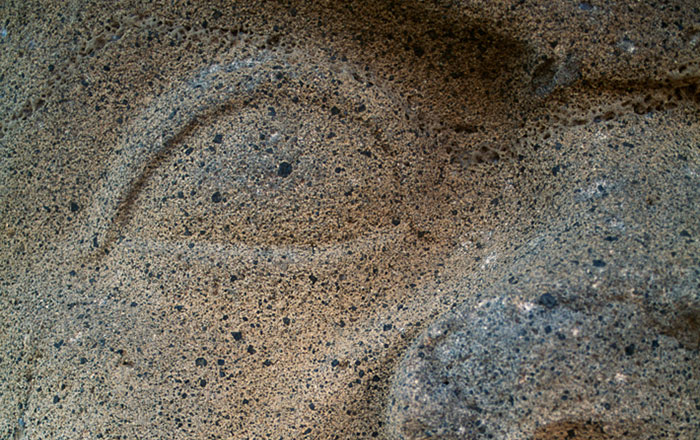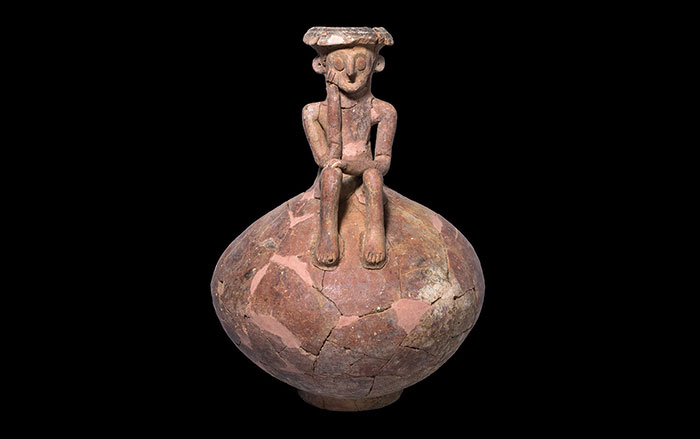
BOLOGNA, ITALY—According to a report in New Scientist, a pair of 13,000-year-old, worn central incisors, found at the Riparo Fredian site in northern Italy, bear evidence of therapeutic dental practices. Archaeologist Stephano Benazzi of the University of Bologna said that each human tooth has a large hole on its surface that extends into the pulp chamber. Tiny marks on the insides of the holes, viewed with microscopic techniques, suggest that the teeth had areas of decay that were drilled out with stone tools. Traces of bitumen, plant fibers, and hairs were also found in the holes. Benazzi and his colleagues think the bitumen, a natural antiseptic, was added to reduce pain to the patient and keep food debris out of the pulp chamber. Benazzi adds that at about this time, people from the Near East arrived in Europe with new foods that could have led to more cavities. “This change in diet and cavities could have led to dentistry,” he said. For more, go to “Paleo-Dentistry.”











